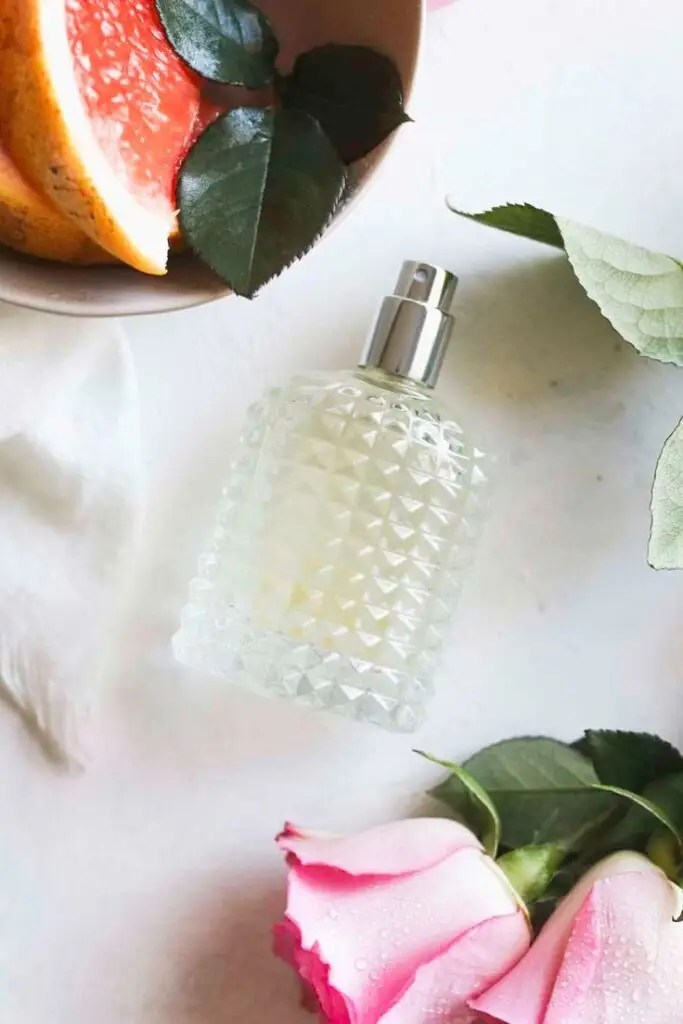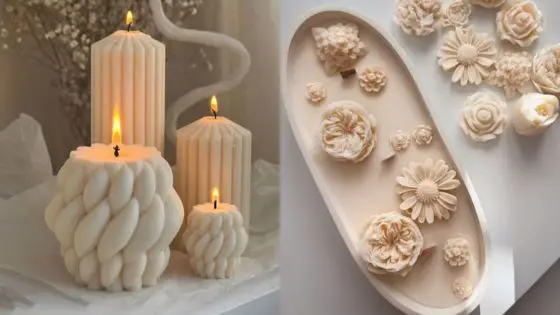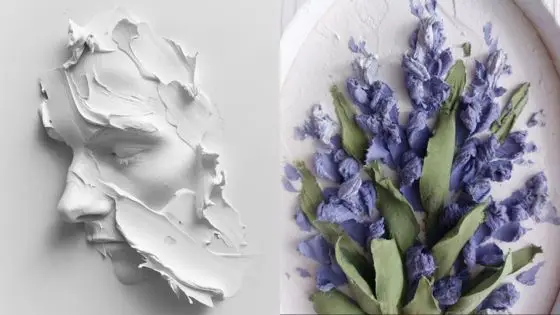Creating your own natural spring perfume allows you to express your individuality and connect with nature in a meaningful way. By blending essential oils with a natural base, you can craft a fragrance that reflects your personality and evokes the essence of the season. This guide will walk you through the process of making your own perfume, from choosing the right ingredients to ensuring your scent lasts.
You’ll discover the essential foundations needed for crafting your signature scent and how to balance the notes to achieve a harmonious fragrance. Using simple techniques, you can personalize your perfume and take pride in knowing exactly what goes into it, bypassing synthetic chemicals commonly found in commercial products.
The joy of making natural perfume lies in experimentation and creativity. Whether you prefer floral, citrus, or earthy tones, the right combination can create a refreshing and uplifting fragrance that brightens your day. If you’re looking for inspiration or budget-friendly alternatives, exploring some of the best dupe fragrances can offer ideas that mimic luxury scents without the hefty price tag.



Key Takeaways
- Learn how to select and blend essential oils for a unique fragrance.
- Discover techniques for proper storage and lasting scent.
- Customize your natural perfume to reflect your unique style.
Essential Foundations
Creating your own natural spring perfume involves understanding fragrance notes, selecting the right carrier oil, and deciding on the role of alcohol. Each aspect plays a critical role in the perfume’s character, longevity, and overall experience.
Understanding Fragrance Notes
Fragrance notes are categorized into three main types: top, middle, and base notes.
Top Notes: These are the initial scents you smell. They tend to be light and evaporate quickly. Common examples include citrus and herbs.
Middle Notes: These develop after the top notes fade. They form the heart of the perfume and often include florals or spices.
Base Notes: These provide depth and richness, lingering the longest. Think of warm oils like sandalwood or vanilla.
Balancing these notes creates complexity and a pleasant olfactory journey. Consider a harmonious blend to enhance the therapeutic benefits of essential oils.
Choosing Your Carrier Oil
A carrier oil is crucial for diluting essential oils and helps to safely apply the fragrance on your skin. Popular options include jojoba oil and coconut oil.
Jojoba Oil: Closely resembles skin’s natural oil; it absorbs well and doesn’t clog pores. This makes it an excellent choice for perfume that is gentle on the skin.
Coconut Oil: Offers a slight sweetness and is also hydrating. It can solidify at cooler temperatures, affecting application.
When selecting a carrier oil, consider your skin type and desired absorption rate. This choice can impact the overall feel of your perfume.
The Role of Alcohol in Perfumes
Alcohol-based perfumes are popular for their lighter feel and faster evaporation. High-proof alcohol, such as vodka, is commonly used. It acts as a preservative, extending the shelf life of your perfume.
Alcohol can enhance the top notes and give a refreshing initial scent.
While crafting a natural perfume, you may choose to limit alcohol or opt for specific volumes to suit your preferences.
Using a small amount can create a balanced blend while ensuring the other ingredients, particularly essential oils, shine through. Understanding this balance is key in crafting a successful natural fragrance.



Crafting Your Scent
Creating a natural spring perfume involves selecting the right essences, blending these components, and appropriately diluting before aging your creation. Each step is essential to achieving a harmonious and personalized fragrance.
Selecting the Right Essences
Begin by choosing essential oils that align with the scent profile you desire. Popular options include:
- Floral: Rose and neroli provide a fresh, romantic aroma.
- Citrus: Bergamot and grapefruit offer uplifting, zesty notes.
- Warm and Earthy: Sandalwood and patchouli add depth and sensuality.
- Spicy: Consider cardamom for an intriguing twist.
Choose oils based on their properties and how they complement one another. A balanced perfume often combines floral, citrus, and earthy notes. Experiment with small quantities to discover which essences resonate with your personal preferences.
Creating the Perfume Blend
Once you have your selected essences, it’s time to mix them. Start with a base note, such as sandalwood oil, as it provides longevity. Follow with middle notes like rose and niroli, which are musky and floral, creating a fuller body.
Finish with top notes, such as bergamot or grapefruit, which are light and refreshing.
Use a dropper for precision and consistency. Record your ratios as you blend. A basic formula might look like this:
- 10 drops of base notes
- 15 drops of middle notes
- 5 drops of top notes
Adjust these quantities as needed to tailor the fragrance to your liking.
Dilution and Aging
Dilution is a crucial step to ensure your perfume is skin-safe and aromatic. Use a carrier oil like jojoba oil or fractionated coconut oil for oil-based perfumes, maintaining a ratio of 20-30% essential oils to 70-80% carrier oil. For alcohol-based blends, use high-proof vodka or perfumer’s alcohol.
After dilution, store your perfume in a dark glass bottle. Allow the blend to age for at least 48 hours, though two weeks is ideal. This aging process helps the scents meld together, resulting in a more cohesive fragrance. Always test on your skin to reveal how it interacts with your body chemistry.



Finishing Touches and Storage
Selecting the right container and application method enhances the experience of your natural spring perfume. Proper storage ensures the longevity of your custom fragrance and preserves its scent profile.
Choosing Your Perfume Bottle
The choice of perfume bottle significantly influences your fragrance experience. Consider the type of container that suits your lifestyle and preferences.
Glass Spray Bottles: Ideal for a light, evenly dispersed application. Look for dark glass to protect your perfume from light exposure.
Roller Bottles: Perfect for applying a more concentrated scent. They allow for targeted application on pulse points, enhancing your signature scent with ease.
Solid Perfume Containers: Useful for travel, solid perfumes are compact and easy to apply. They are typically made from natural waxes mixed with essential oils.
Select a bottle that reflects your style while ensuring it’s airtight to preserve your fragrance.
Perfume Application Tips
Applying your natural perfume effectively enhances your scent experience. Focus on pulse points where your body’s heat can amplify the fragrance. These areas include:
- Wrists
- Behind the ears
- Nape of the neck
Apply your favorite essential oil spread sparingly for a layered scent profile. If using a spray, hold the bottle a few inches away and mist lightly for an even application.
For roller bottles, roll directly onto pulse points without excessive pressure. Remember to avoid rubbing, as this can alter the fragrance. Proper application techniques can transform your custom fragrance into a captivating signature scent.
- 18shares
- Facebook0
- Pinterest18
- Twitter0


